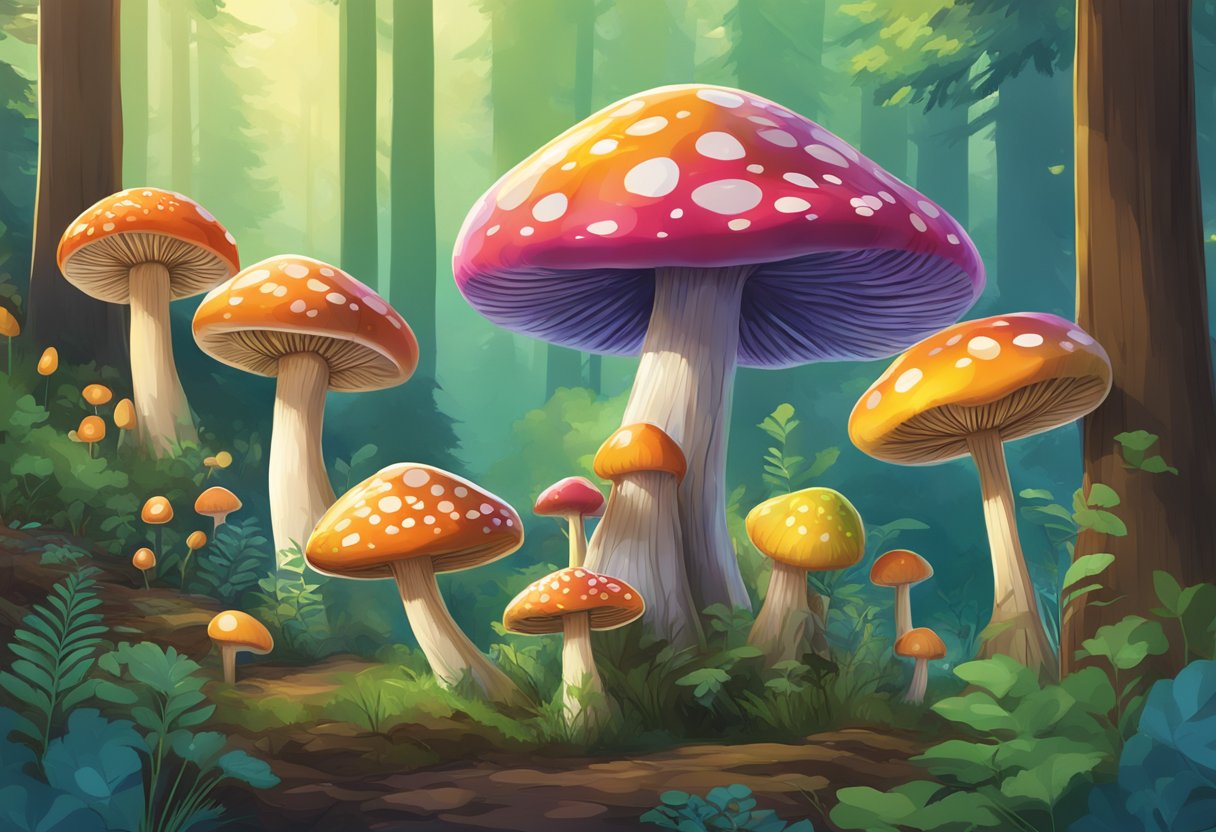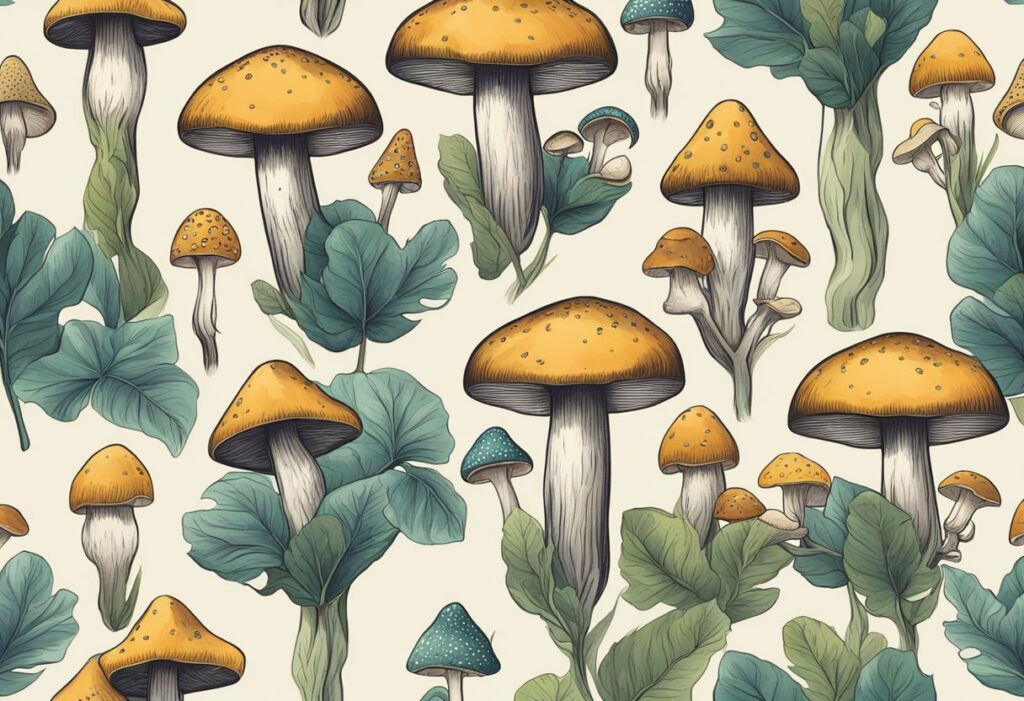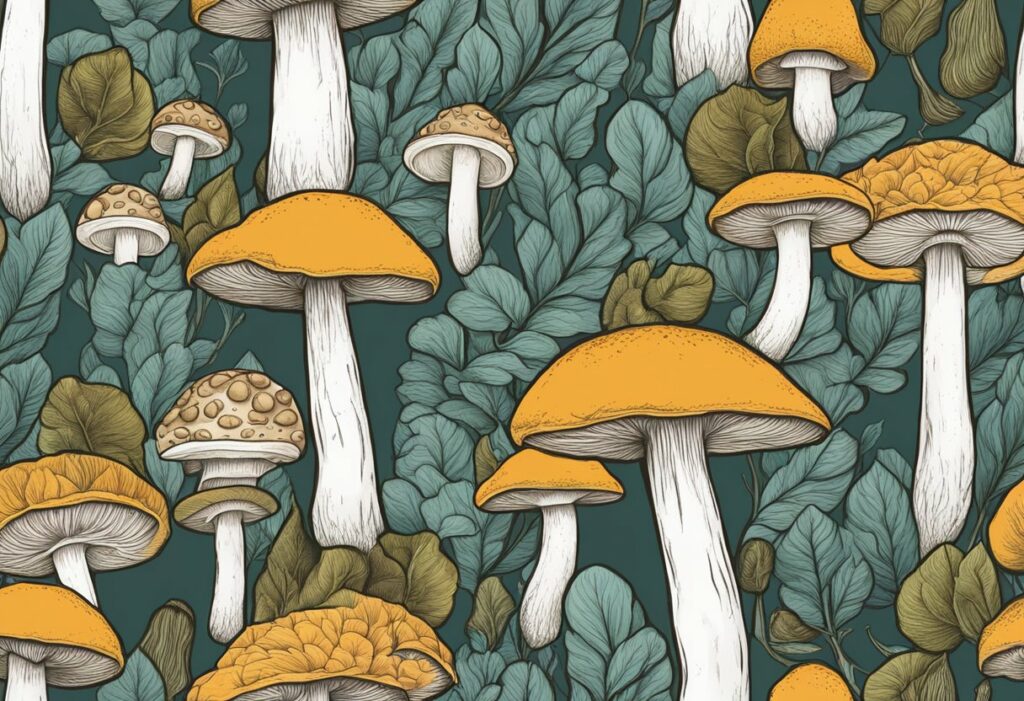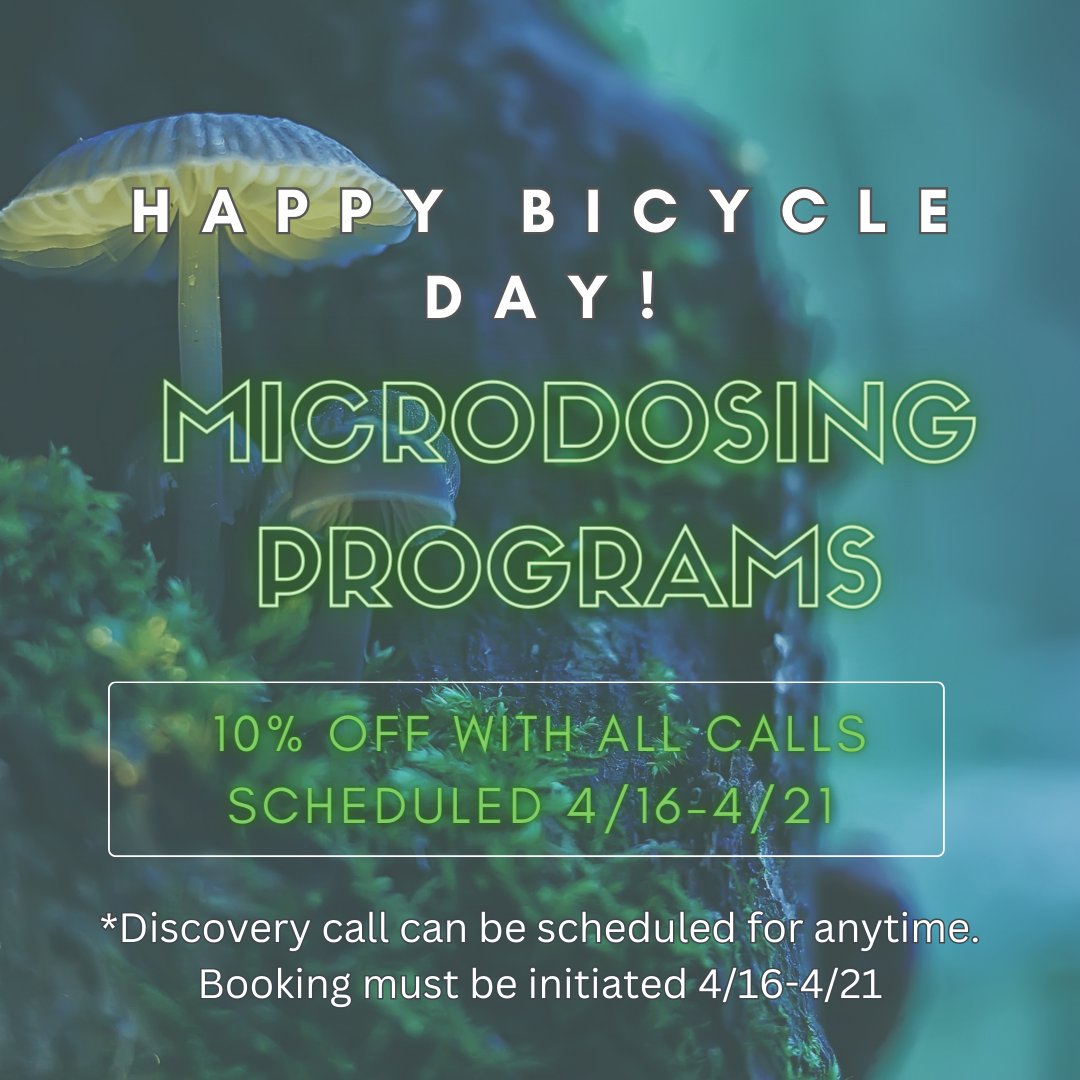Within the realm of psychedelics, particularly magic mushrooms, a common topic of discussion is the difference in effects and potency between the caps and stems. Psilocybin, the primary psychoactive component, varies within these parts, giving rise to extensive debate and investigation among users and researchers. Enthusiasts and scientists alike have attempted to characterize and understand these differences, which might influence the experience of those consuming magic mushrooms for personal exploration or therapeutic purposes.
The potency of magic mushrooms can fluctuate based on numerous factors including strain, growing conditions, and preparation. While some claim that caps offer a more intense visual experience and stems a stronger body high, these experiences are subjective and can be influenced not only by the mushroom’s parts but also by the individual’s mindset and environment during consumption. Nevertheless, research does point towards psilocybin being distributed differently within the mushroom, prompting a closer look at how caps and stems might affect the overall psychedelic journey.
Key Takeaways
- Magic mushrooms contain varying levels of psilocybin in caps and stems, affecting potency.
- Individual experiences can differ based on mushroom parts consumed, along with personal and environmental factors.
- Scientific research and anecdotal evidence both play roles in understanding the psychedelic effects of magic mushrooms.
Understanding Shrooms
Magic mushrooms, or ‘shrooms’, are a type of fungus known for their psychoactive properties. They consist of various parts that play a role in their growth and the experience they provide to users.
Anatomy of Mushrooms
Shrooms have two main parts: the cap and the stem. The cap is the top of the mushroom and typically houses the gills, from which spores are released for reproduction. Shrooms’ stems, or stalks, support the cap and connect it to the underground mycelium—a network of thread-like hyphae that absorbs nutrients.
- Cap: Umbrella-like structure containing spores.
- Stem: Supports the cap and connects to mycelium.

Mushroom Compounds and Their Effects
Psilocybin and psilocin are two key psychoactive compounds found in magic mushrooms. Upon ingestion, psilocybin is converted into psilocin, which is responsible for the mushrooms’ hallucinogenic effects. The fruiting body of the shroom, which includes both the cap and stem, contains these compounds.
- Psilocybin: Non-psychoactive precursor to psilocin.
- Psilocin: Active compound inducing psychedelic effects.
The potency of these compounds can vary between the cap and stem, influencing the intensity and type of experience. Discussions around differences in effects between mushroom parts reference anecdotal reports that caps could provide more visual effects, while stems might lead to a stronger body high. However, such claims about the caps and stems are debated and can be dependent on the individual mushroom and its development.
Shrooms Caps vs. Stems

In the exploration of psilocybin mushrooms, commonly known as magic mushrooms or shrooms, enthusiasts and researchers alike scrutinize the differences between the two main parts of the mushroom: the caps and the stems. Dissecting these components reveals variances in psilocybin concentration and the ensuing debate on their individual effects.
Differences in Potency
Caps of magic mushrooms are often believed to contain a higher concentration of psilocybin, the psychoactive compound responsible for hallucinations and euphoria. Research indicates that while caps might show slightly higher potency in terms of psilocybin content, the difference is not substantial when considering the whole mushroom. It’s crucial to note that the potency can be highly variable not only between different mushrooms of the same species but also within different parts of the same mushroom.
The Debate on Caps and Stems
The ongoing debate on caps and stems extends beyond potency to the qualitative differences in the effects that each part may produce. Some anecdotal reports suggest that caps lead to more visual experiences, whereas stems are claimed to induce a stronger bodily sensation. However, these claims are not consistently backed by science and often fall into the category of personal experience rather than empirical evidence. Given the lack of conclusive research, the caps vs. stems discussion remains largely speculative.
Consumption Experiences
The subjective nature of consuming magic mushrooms emphasizes the importance of factors such as individual sensitivity and environmental context. Users’ reports vary widely, highlighting a complex interplay between components like dosage and mindset.
Subjective Effects on Users
Users typically report a spectrum of effects when consuming magic mushrooms, ranging from visual and sensory enhancements to profound alterations in thought and emotion. Despite the continuous debate, there’s a consensus that both caps and stems contain psychoactive compounds, although some anecdotal evidence suggests caps might induce a more visual trip, while stems could yield a different qualitative experience characterized by bodily sensations. However, no conclusive scientific research confirms these subjective differences.
Set and Setting Influence
Set and setting—the individual’s mindset and the environment in which they consume the mushrooms—are understood to critically influence the experience. A positive mindset, when combined with a comfortable and safe environment, tends to lead to more enjoyable experiences. Conversely, a negative mindset or unsupportive setting can contribute to unpleasant experiences or challenging trips, making the nuance of set and setting integral to the psychedelic journey.
Dosage Considerations
Determinations of dosage are complex due to the variability in individual sensitivity and the psilocybin content of different mushroom strains. Users may find that their personal preference and style of use, as well as the onset time and duration of the trip, will greatly affect their chosen dosage. It is generally agreed that the reproductive cells of magic mushrooms—the spores—do not contain psychoactive substances and are not part of the consumption experience.
While some users may assert the potency of caps is distinct from stems, both parts of the mushroom contain the active compounds psilocybin and psilocin. Accurate dosages are crucial, as they correlate with the intensity and energy of the trip, reinforcing the need for caution and informed use.
Mushroom Strains and Potency Variations
The potency and effects of magic mushrooms vary widely between strains, influencing the quality of a psychedelic trip. This variation is partly due to differences in psilocybin content, the primary psychoactive compound in these fungi.
Common Strains and Their Characteristics
- P. Cubensis: Often called “golden tops,” this strain is known for its ease of cultivation and moderate potency. Characterized by their large size and golden caps, they provide a balanced trip.
- Amanita Muscaria: Unlike psilocybin mushrooms, this iconic red-and-white spotted mushroom contains the psychoactive compounds ibotenic acid and muscimol, offering a distinctly different effect, which can be unpredictable and is not typically sought for traditional psilocybin experiences.
- Chanterelles: These are non-psychoactive mushrooms known for their culinary uses rather than psychedelic properties. They do not contain psilocybin or psychoactive substances.
Potency Ratios and Trip Quality
The ratio of psilocybin between mushroom caps and stems can influence the intensity and quality of a psychedelic trip. It is often suggested that caps contain higher concentrations of psilocybin compared to stems, potentially leading to more potent effects when consumed. However, some studies indicate that the potency difference between caps and stems may be negligible, suggesting that the overall nutrient composition and quality of the mushroom are more crucial factors to consider.
Cultural and Legal Aspects
The cultural perception and legal status of mushrooms specifically concerning their caps and stems differ across the globe. Some cultures revere them for their psychedelic properties, while various laws regulate their use.
Mushrooms in Different Cultures
Magic mushrooms have long held cultural significance in many societies for their mind-altering effects. In regions like Japan, they feature in traditional religious ceremonies and spiritual practices. However, despite this historical significance, modern Japanese law strictly prohibits their use.
- Applications in Ceremonies: In several cultures, the entire mushroom is used for its psychedelic properties.
- Extract Practices: While extraction methods exist, they typically do not distinguish between caps and stems due to similar psilocybin content.
Legality and Regulations
Legality and regulations surrounding mushrooms, including both caps and stems, can vary greatly from one jurisdiction to another. It’s illegal to buy, sell, or possess them in many places due to their psilocybin content.
- Oregon: As an exception, Oregon has recently made progress by voting to allow the regulated medical use of psilocybin, not differentiating between mushroom parts.
- Cannabis Comparisons: Like cannabis, which has seen legalization in certain regions, mushrooms are experiencing changing legal landscapes but face complex legal issues regarding their use and applications.
- Purchasing and Buying: In jurisdictions where they are illegal, buying and purchasing mushrooms can result in severe legal consequences.
In conclusion, while some cultures have embraced the use of mushrooms, the legal approach to regulating their use varies, with places like Oregon pioneering new legislation.
Preparation and Usage
When it comes to utilizing psilocybin mushrooms, the journey starts with meticulous preparation. This sets the foundation for a positive experience, both aesthetically and in terms of minimizing waste.
Proper Preparation of Shrooms
Set and setting are instrumental in influencing a user’s experience with magic mushrooms. Users should prepare their mindset (set) and physical environment (setting) to be calm and comfortable. Preparation of dried mushrooms typically involves ensuring they are clean and free of any debris. Magic mushroom caps and stems might be used together without preference for one over the other, as potency varies considerably. To reduce the chance of nausea, some enthusiasts grind the dried parts into a powder, which can also facilitate more consistent dosing.
Methods of Consumption
When consuming shrooms, individuals have several options:
- Eating them raw: This is the most straightforward method, where dried mushrooms are simply chewed and swallowed. They can be chewy with an earthy taste.
- Tea: Shrooms can be steeped in hot water to make a tea, which helps mask the taste and may reduce digestive discomfort.
- Capsules: Powdered psilocybin can be packed into capsules for those preferring to avoid the mushroom’s natural flavor.
- Edibles: Incorporating shroom powder into food items is another means to consume, providing a more palatable experience.
Purchasing and Quality Assessment
When purchasing psilocybin mushrooms, buyers should conduct a quality assessment. They must ensure that the products are sourced from reputable sellers to avoid contaminated or substandard fungi. Magic mushroom caps should not be confused with button mushrooms, which are common edible mushrooms with no psychoactive properties. It is important to note that in many regions, the sale and purchase of psilocybin mushrooms are subject to legal restrictions.

Scientific Research
This section delves into the specific scientific studies and findings regarding the psilocybin and psilocin content in mushroom caps and stems. It also discusses the current gaps in research and what the scientific community is looking forward to understanding better.
Studies on Psilocybin and Psilocin
Research has indicated that both psilocybin and psilocin, the active chemicals responsible for the psychoactive effects—or “trip”—associated with magic mushrooms, are present in different parts of the mushroom. A significant study from Japan discovered that the caps of Psilocybe cubensis were found to be approximately 30% more potent than the stems, suggesting that the psychoactive effects might vary depending on which part of the mushroom is consumed.
Key Findings:
- Caps contain roughly 30% more psilocybin than stems.
- Both caps and stems exhibit psychoactive properties.
Inconclusive Findings and Future Directions
Despite the revelations about the differences in potency between caps and stems, findings remain inconclusive due to variability within species and even within a single mushroom. The scientific community recognizes the need for further research to fully understand the range of effects and potential medicinal applications of magic mushrooms. There is a continued interest in standardizing psilocybin content to support its use in therapeutic settings. Research in the future aims to clarify these disparities and contribute to the field of medicinal mushrooms.
Research Gaps:
- Variability in psilocybin content between individual mushrooms.
- Need for standardized measures for medicinal use.
Frequently Asked Questions
In this section, we address common inquiries regarding the characteristics and effects of the different parts of psychedelic mushrooms—specifically the caps and stems.
What are the differences in potency between mushroom caps and stems?
Caps are thought to contain more psilocybin and psilocin than stems, but the potency also depends on the mushroom species and growing conditions.
Can you experience different effects from consuming stems versus caps of magic mushrooms?
Some users report that caps yield a more visual high, whereas stems may lead to a stronger body high. However, these differences are subjective and not scientifically confirmed.
Is there a difference in the onset time of effects between shroom stems and caps?
There is no concrete evidence to suggest that the onset time of the effects is different when consuming mushroom caps versus stems. Factors such as dose and individual physiology are more likely to influence onset time.
How do the textures of mushroom stems and caps compare when ingesting?
Stems are generally more fibrous and tougher, while caps are often softer and can be chewier or more delicate depending on the moisture content.
Are there any distinct visual differences between caps and stems that affect their use?
Visually, caps tend to be darker and have a distinct shape, while stems are typically lighter in color and more uniform in appearance. These differences, however, do not significantly affect their use.
What preparation methods are recommended for both stems and caps of psychedelic mushrooms?
Both parts of the mushroom can be prepared in similar ways, such as drying, grinding into powder, or steeping in tea. The quality and potency of the mushrooms should be prioritized over the distinction between caps and stems.
Last Updated on January 28, 2024 by Megan Mbengue, BSN, RN, CHPN


